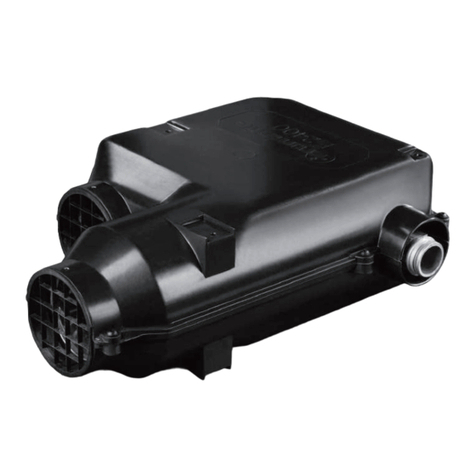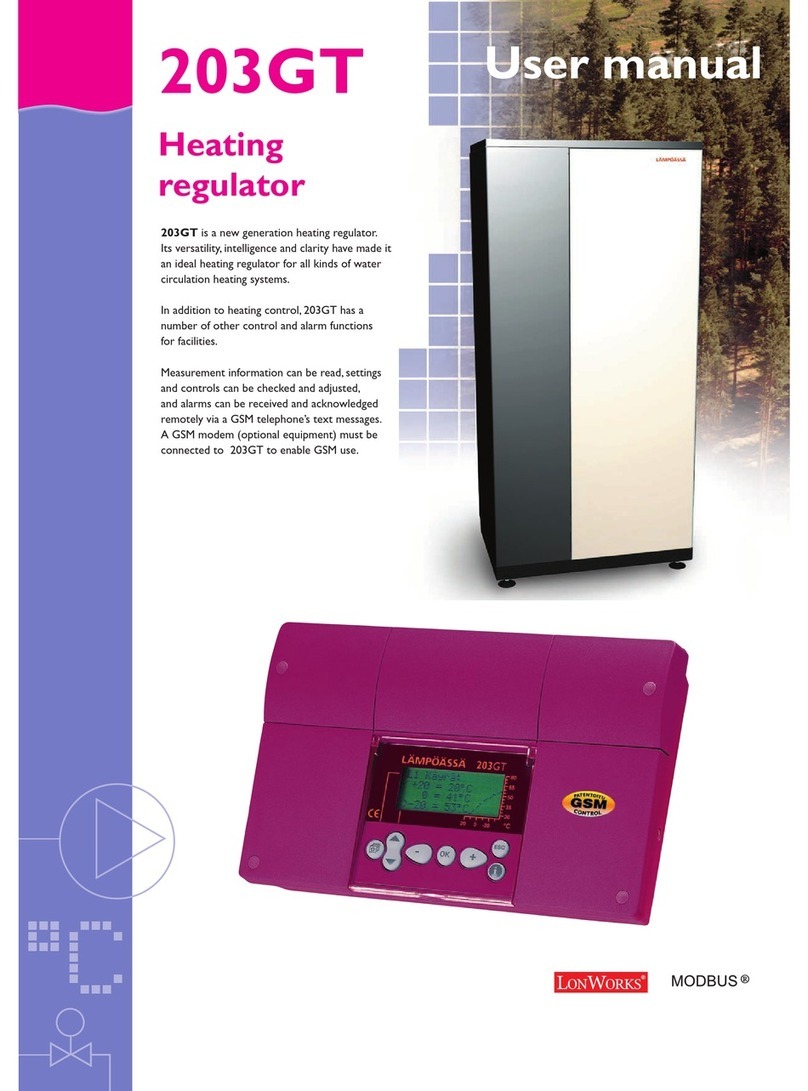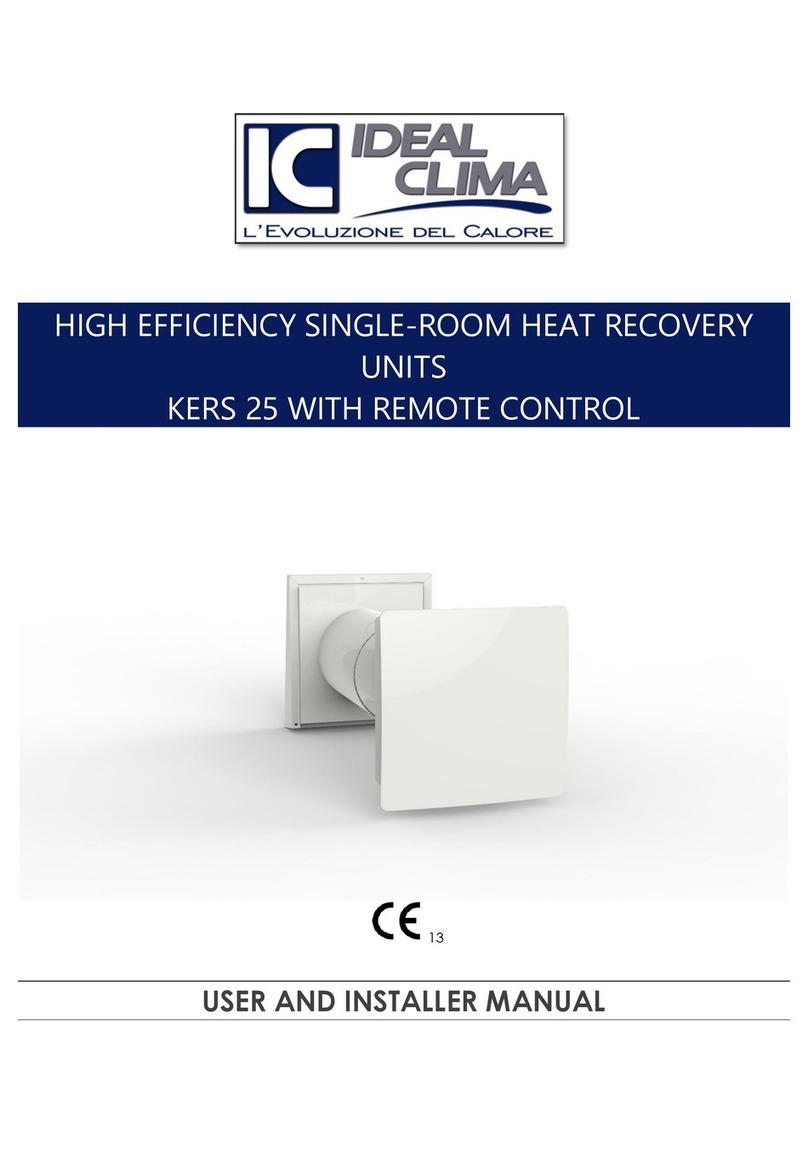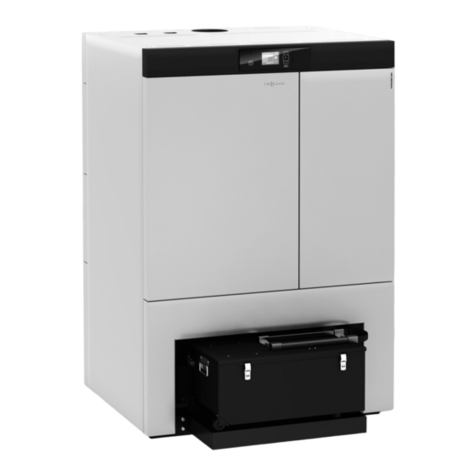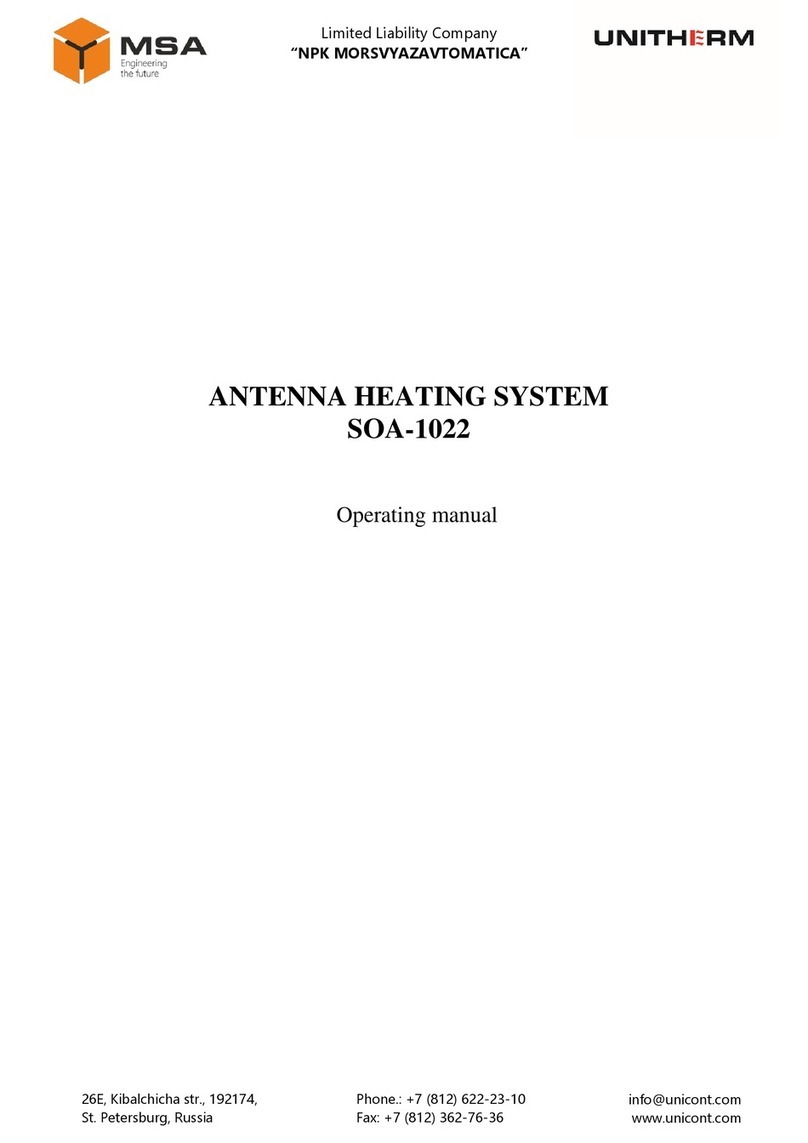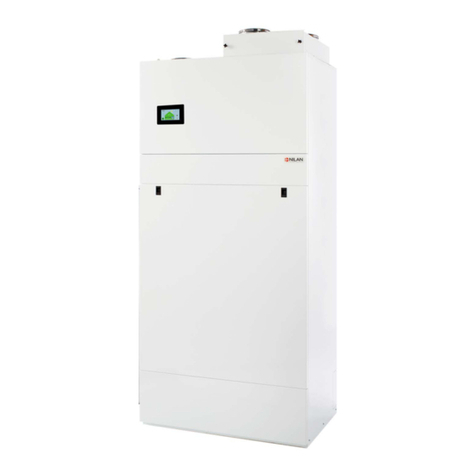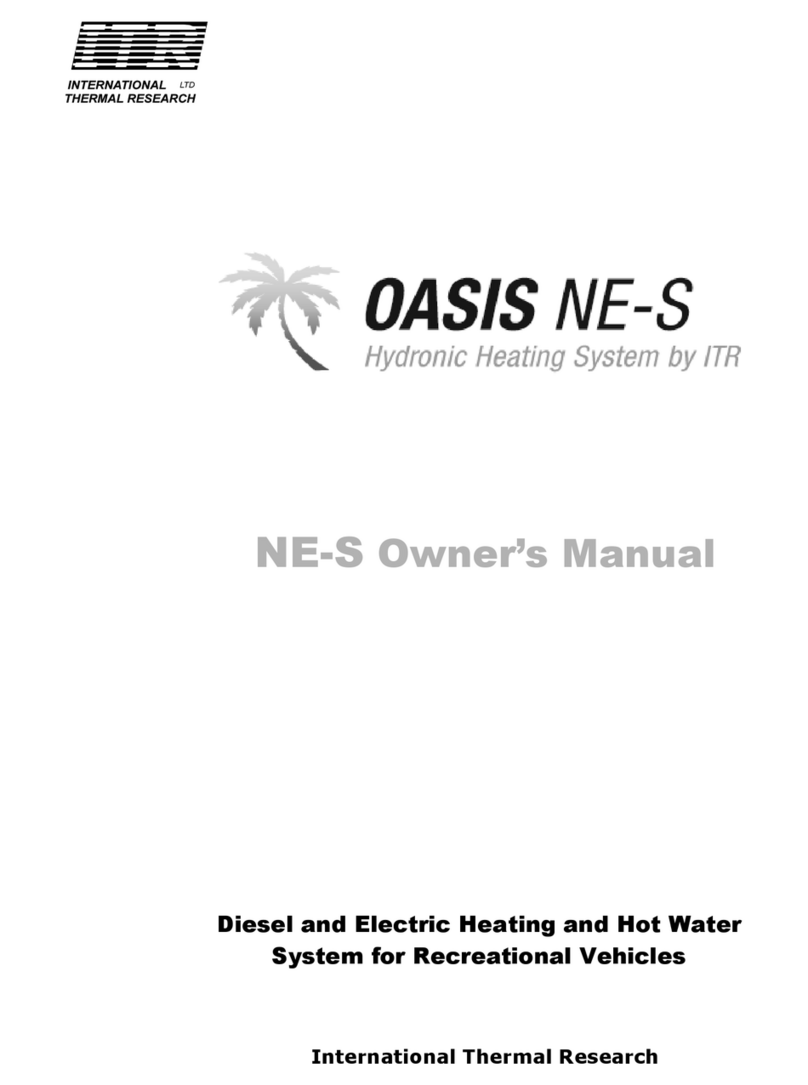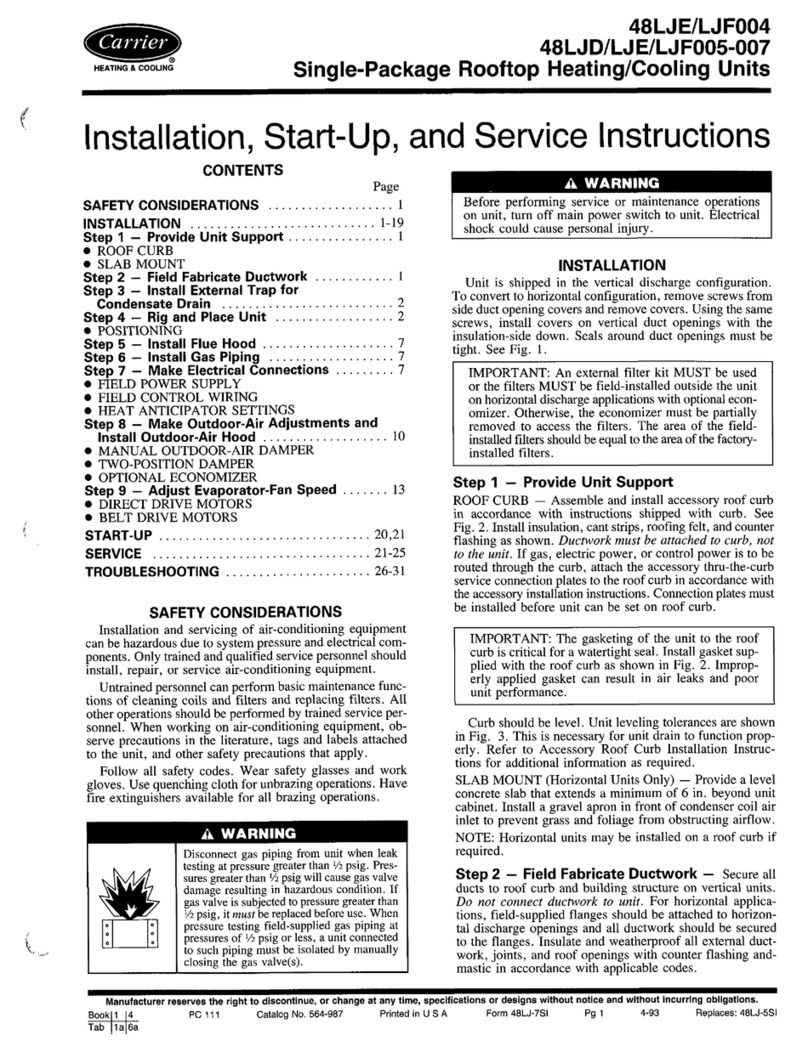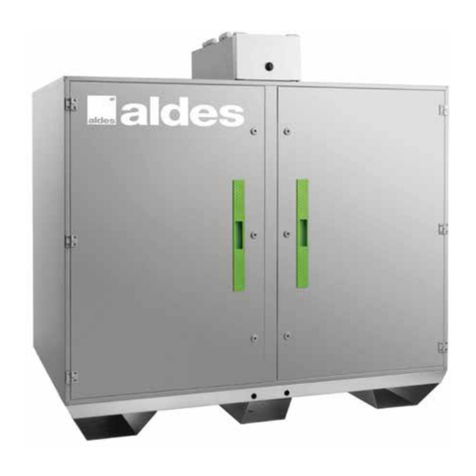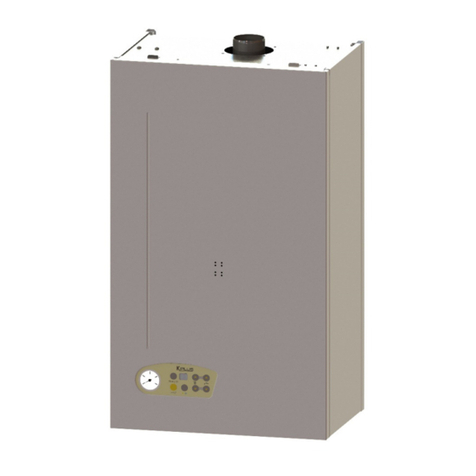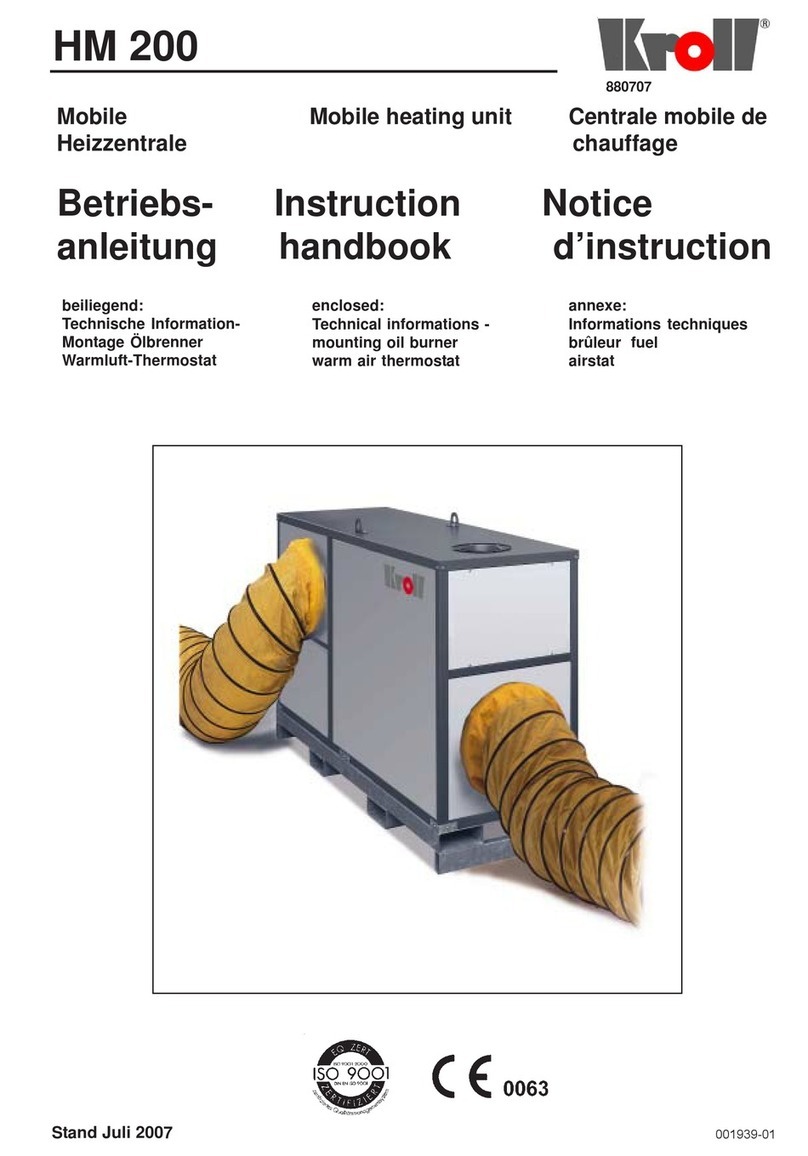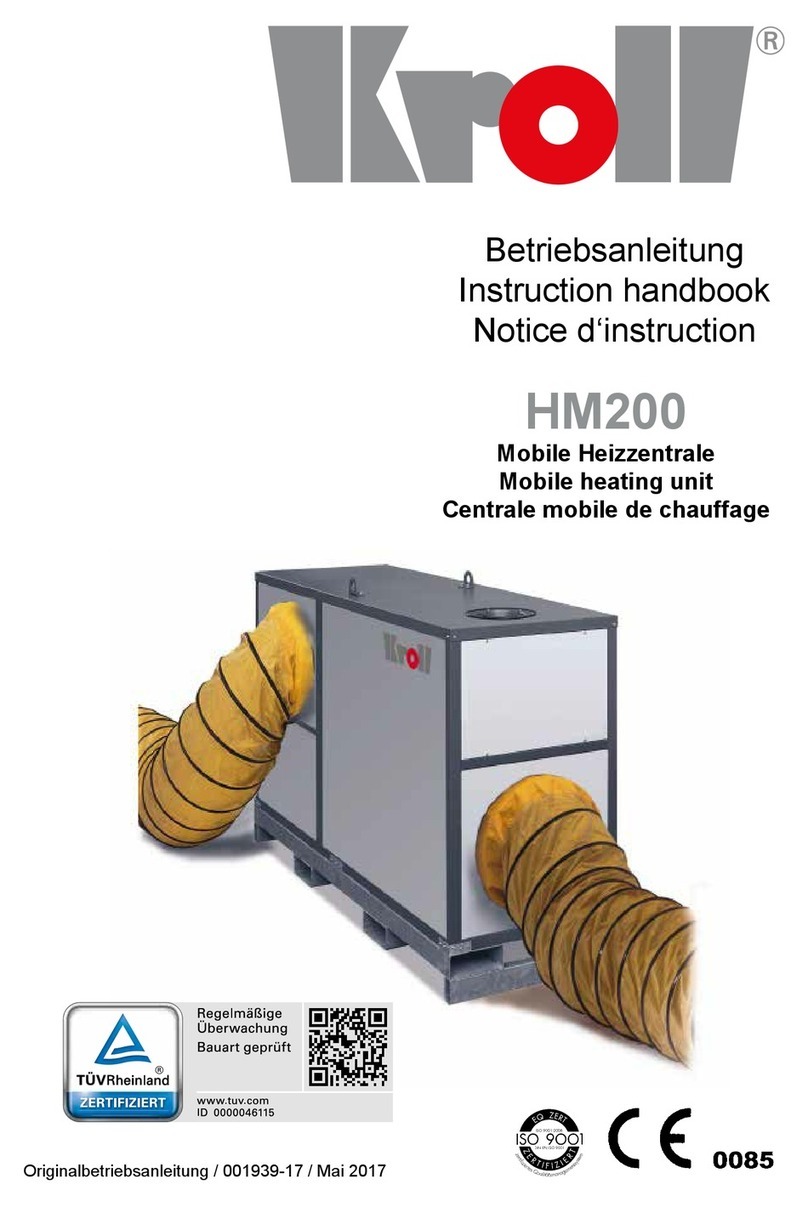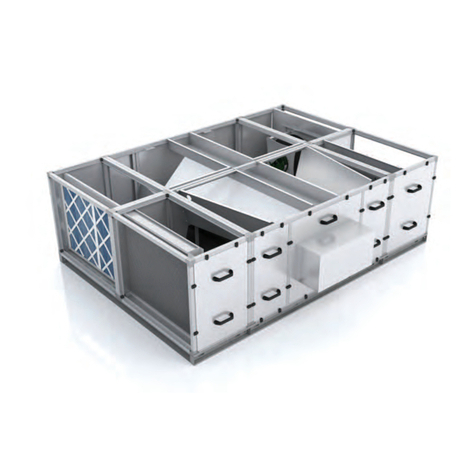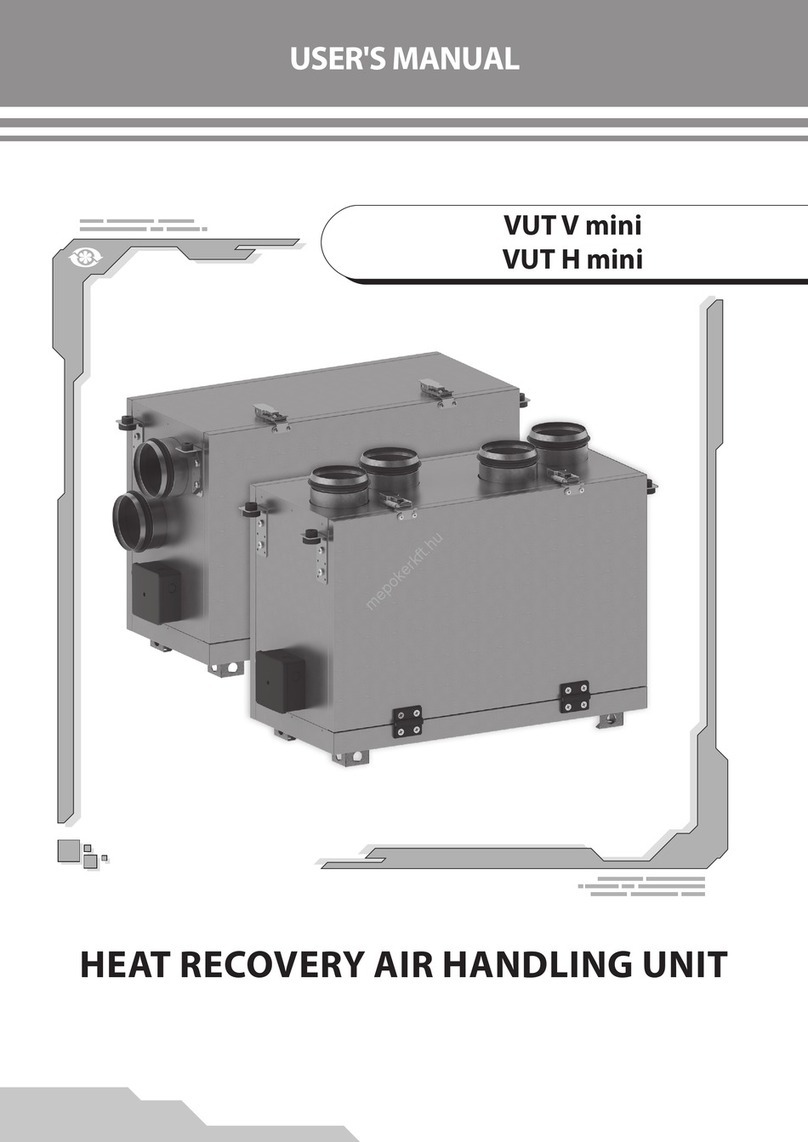
EN KERS 50 Evo e KERS 25 Evo –user and installer manual
Pag. 23 di 40
- lack of periodic and constant maintenance interventions or use of non-original spare parts.
In any case, if the user attributes the accident to a defect of the unit, he must demonstrate that the damage
occurred was a main and direct consequence of this "defect".
11.3 SERVICE STANDARDS
The service standards described in this manual are an integral part of the supply of the unit.
Furthermore, these standards are intended for the operator who has already been expressly trained to operate
this type of unit and contain all the information necessary and indispensable for safe operation and optimal use
of the unit.
Hasty and incomplete preparations force improvisation and this is the cause of many accidents.
Read carefully and strictly respect the following suggestions:
-The first start-up must be carried out exclusively by qualified personnel authorized by the manufacturer;
- At the time of installation or when it is necessary to intervene on the unit, it is necessary to strictly comply
with the rules given in this manual, observe the instructions on the unit and always apply all the necessary
precautions;
- Possible accidents to people and things can be avoided by following these technical instructions
compiled with reference to the machinery directive 2006/42 / EC and subsequent additions. In any case,
always comply with national safety regulations;
- Do not remove or damage the protections, labels and writings, especially those required by law and, if
no longer legible, you must replace them.
The Machinery Directive 2006/42/EC gives the following definitions:
DANGEROUS AREA: any area inside and/or near a machine in which the presence of an exposed person
constitutes a risk for the safety and health of the same.
EXPOSED PERSON: any person who is wholly or partially in a danger zone.
OPERATOR:the person or persons in charge of installing, operating, adjusting, maintaining, cleaning,
repairing and transporting the machine.
All operators must comply with the international accident prevention regulations and the country of
destination of the unit in order to avoid possible accidents.
The European Community has issued some directives concerning the safety and health of workers among which
directives 89/391 / EEC, 89/686 / EEC, 89/654 / EEC, 89/655 / EEC, 89/656 / EEC, 86/188 / EEC, 92/58 / EEC and
92/57 / EEC which each employer is obliged to respect and to enforce.
The units have been designed and built according to the current state of the art and the current rules of the
technique.
The laws, regulations, prescriptions, ordinances, directives in force for these machines have been observed.
The materials used and the equipment parts, as well as the production processes, quality assurance and control
meet the highest safety and reliability requirements.
By using them for the purposes specified in this user manual, handling them with due diligence and carrying out
accurate maintenance and overhauls to perfection, you can maintain continuous and lasting performance and
functionality of the units.
11.4 INTERVENTIONS AND MAINTENANCE
The user manual can never replace an adequate user experience; for some particularly demanding
maintenance operations, this manual constitutes a reminder of the main activities to be carried out for operators
with specific knowledge acquired, for example, by attending training courses at the manufacturer.
Please read the following suggestions carefully:
